Ten common reasons for making a Housing Disrepair claim
Are you experiencing Housing Disrepair? Although this is not a completely exhaustive list of every possible disrepair issue, here are some of the most common disrepair claims made against social housing landlords.
 1) Damp / Mould
1) Damp / Mould
Damp and mould can be a culmination of many different issues within a property. Due to recent changes to UK legislation, your landlord is responsible for providing a home that is properly habitable. Dealing with damp and mould is a key part of that process, and should be on the mind of every landlord following the widely documented introduction of “Awaab’s Law”.
 2) Leaks
2) Leaks
Leaks within your home can be incredibly unsanitary and cause unnecessary damage to your belongings. Even if you are a leaseholder, leaks can be out of your control and are ultimately the responsibility of your landlord to repair. More serious leaks should be treated as a matter of urgency by landlords.
 3) Structural Issues
3) Structural Issues
Internal or external, structural issues can pose a serious risk to your physical wellbeing, and are the landlord’s responsibility to fix. They are not always easy to spot, but can include issues with the foundations of the building, or large cracks in the walls, roof, or floors, etc.
 4) Damaged Windows
4) Damaged Windows
Damaged windows can cause many problems for tenants – especially during the colder months of the year. Damaged or “blown” windows can lead to increased noise penetration, draughts, damp, mould, and condensation issues. If your windows are not properly fitted, it can cause ventilation issues, or even be a security risk or fire hazard.
 5) Plumbing Issues
5) Plumbing Issues
Plumbing issues are wide ranging, and can be as small as a minor leak, or as large as completely burst pipes that result in flooding. Housing pipes can carry hot water at potentially scalding temperatures. Aside from being an obvious sign of disrepair, plumbing issues can present a serious health hazard.
 6) Electrical Hazards
6) Electrical Hazards
All sorts of hazards can stem from electrical faults, including shocks and burns. Your home must have adequately and appropriately sited electrical socket outlets or plugs, appropriately sited fuses and meters, etc. If there is a leak near electrics, this is considered a major electrical hazard and must be addressed as a matter of urgency.
 7) Dilapidated Flooring
7) Dilapidated Flooring
Floor boarding, floor tiling, and carpeting must be appropriately fitted, and can otherwise be deemed a trip hazard. Leaving it un-addressed can result in a serious risk of bruising and fractures, as well as head, brain, or spinal injuries. Any visible signs of damage, be that water damage, cracks, or general accumulative wear, should be taken seriously by landlords.
 8) Pests
8) Pests
Infestations of pests, like rats, maggots, or cockroaches can present health hazards in your home. Their presence can lead to diseases and contamination of your food supply. Landlords are responsible for making sure the property is fitted so as to repel any pests or infestations.
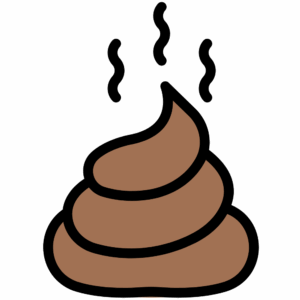 9) Sanitation Issues
9) Sanitation Issues
Defective bathroom plumbing or blocked toilets that are not your fault are the responsibility of the landlord to repair. Unpleasant odours can be distressing to live around, and majorly impact your quality of life.
 10) Broken Doors
10) Broken Doors
Doors must be properly fitted for purpose in your home, and actually operate correctly for privacy and general standard of life purposes. Front and back doors leading to the outside must have functional locks, otherwise they pose a security risk to the house.
If you are experiencing any of these disrepair issues in your home, you can contact us at Pabla & Pabla today. Our specialist Housing Disrepair department may be able to support you in a claim against your landlord today.
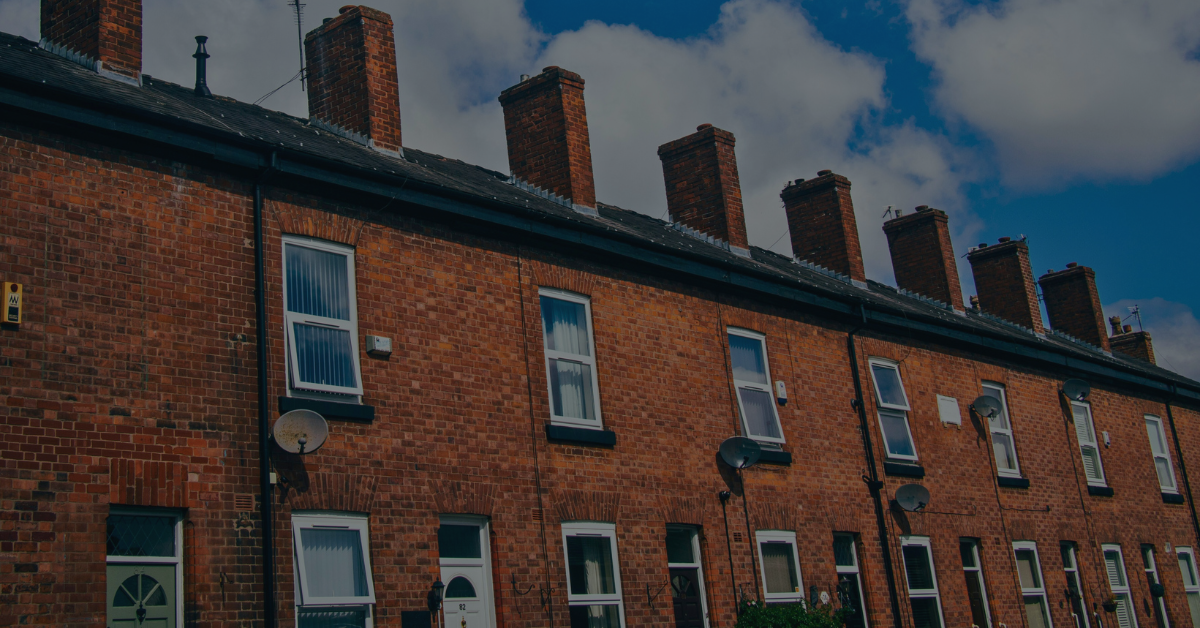
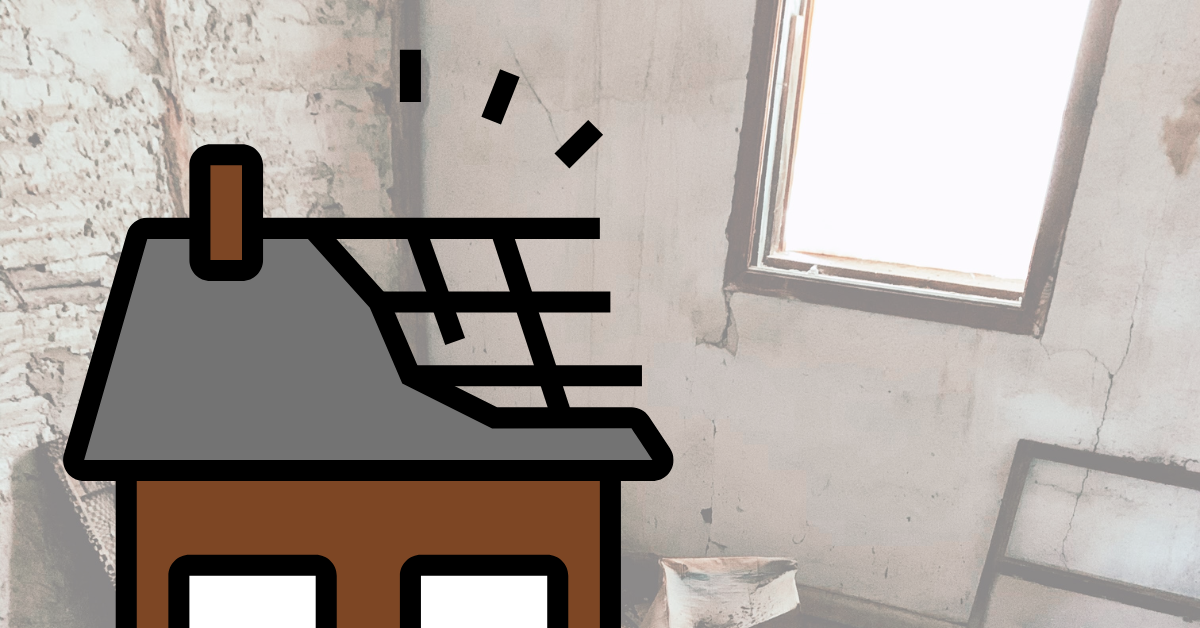

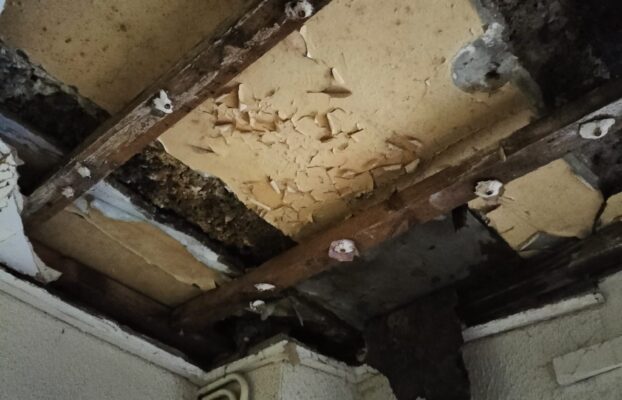

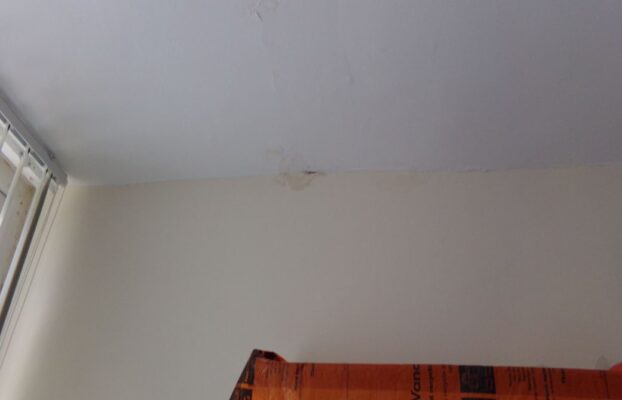
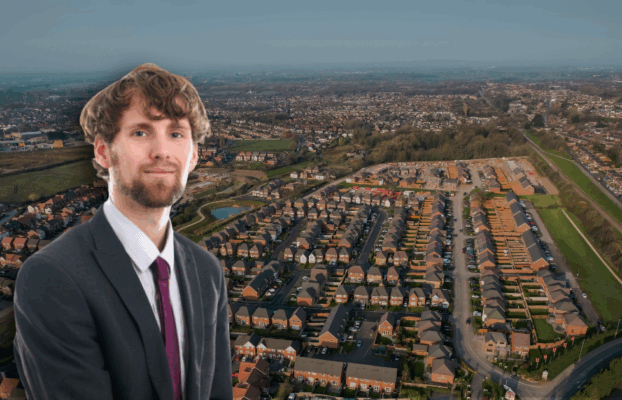
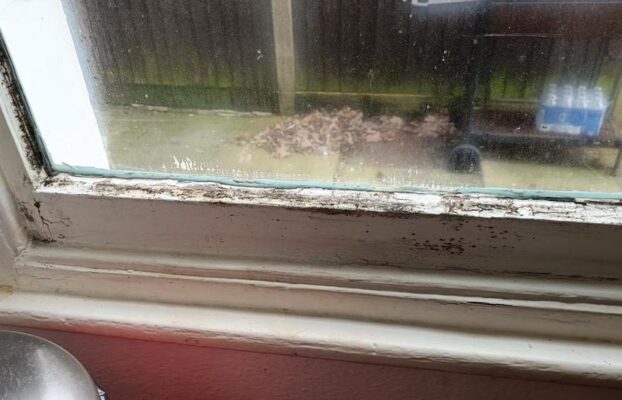
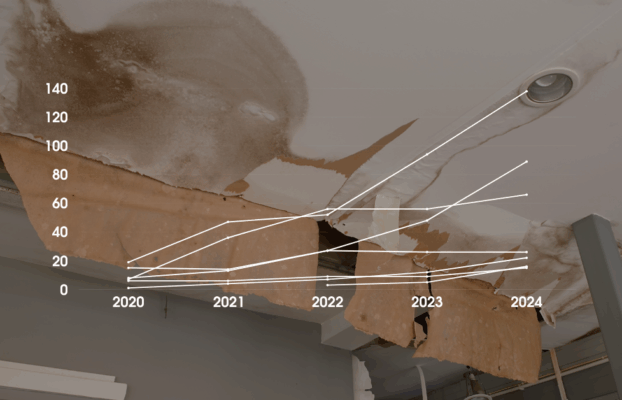
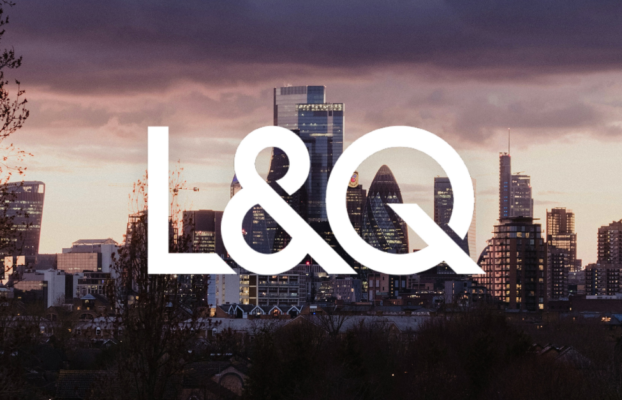
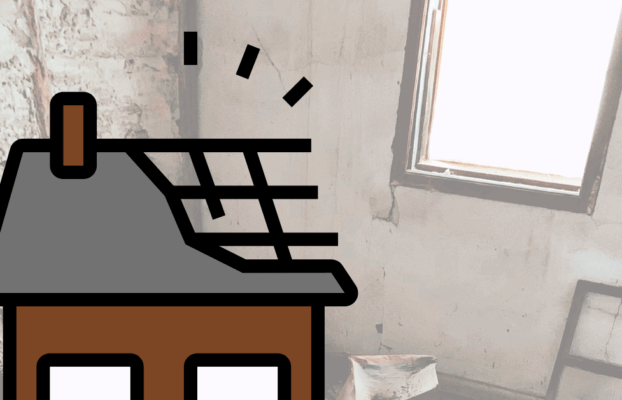


How easy is it for residents to complain to their landlord?
April 14, 2025